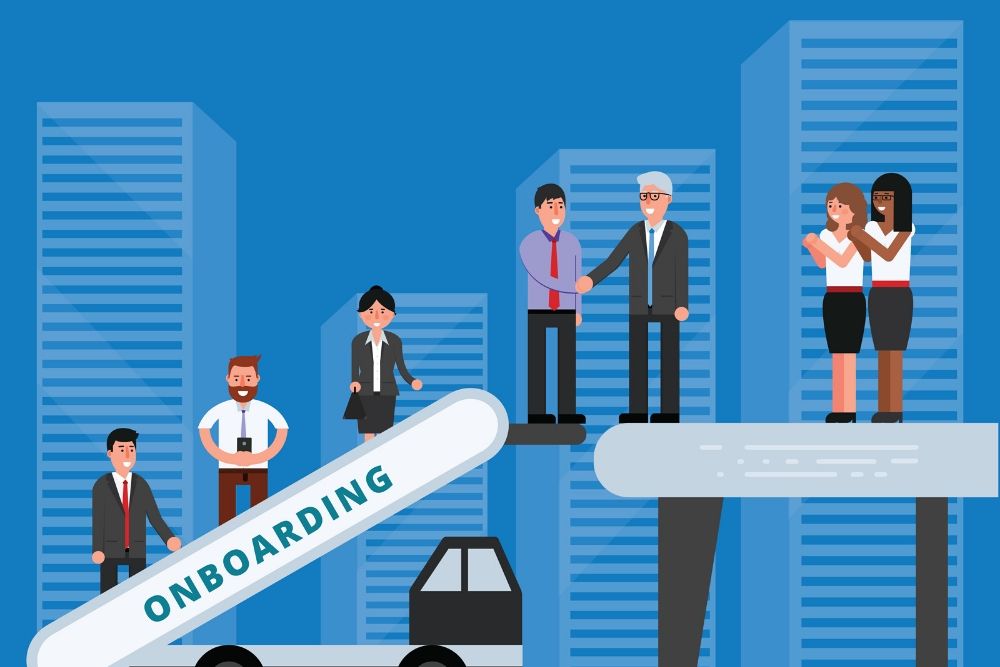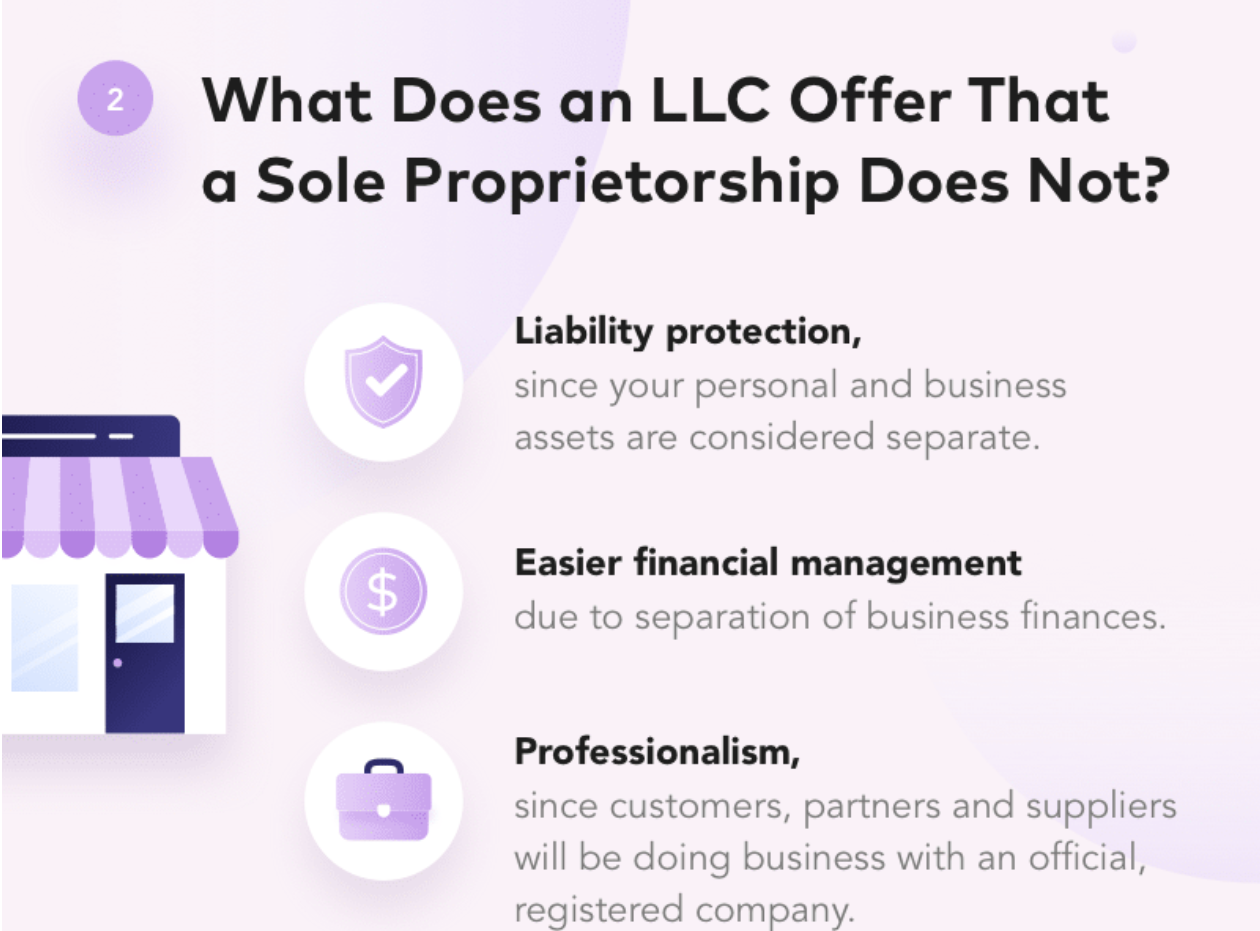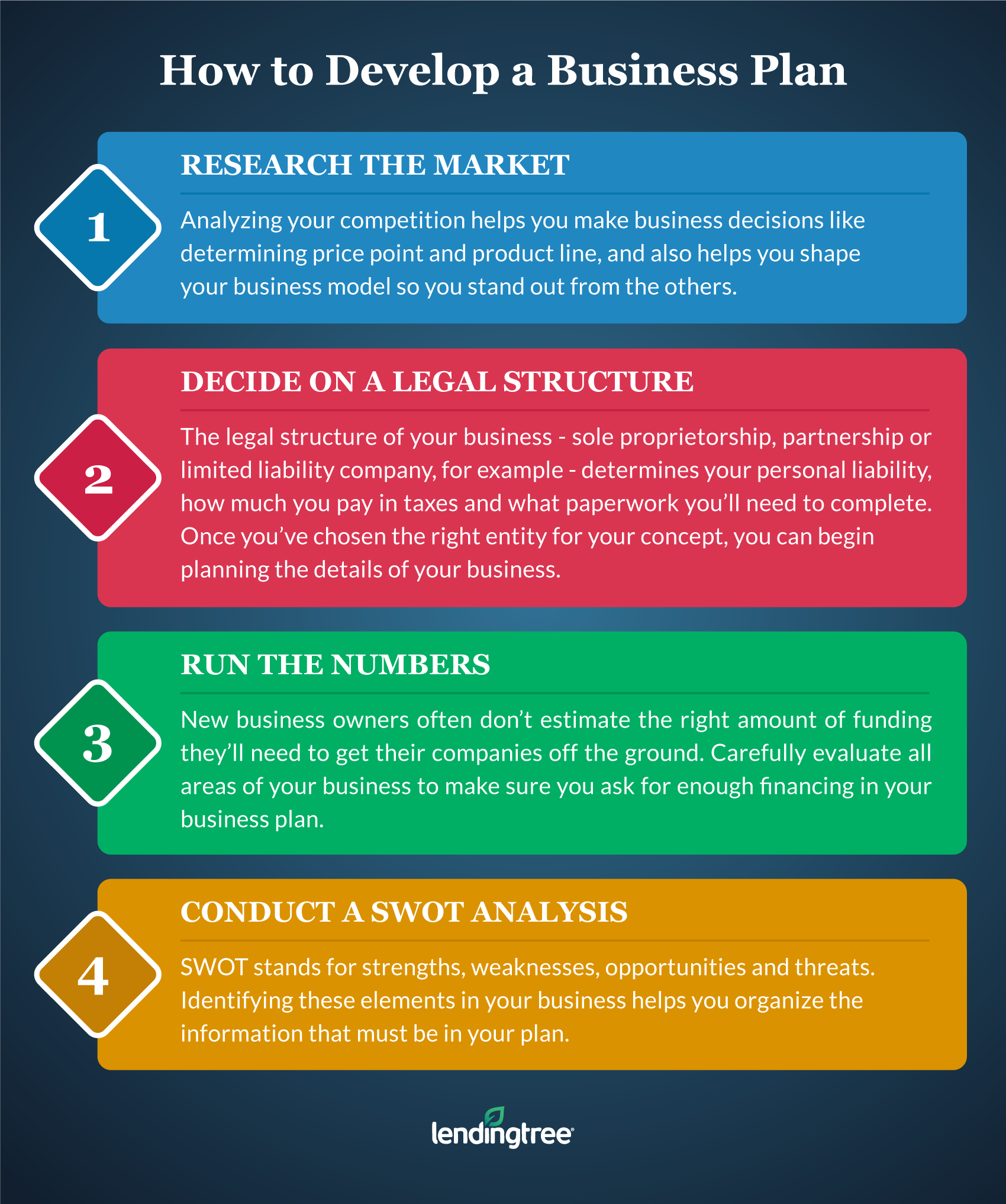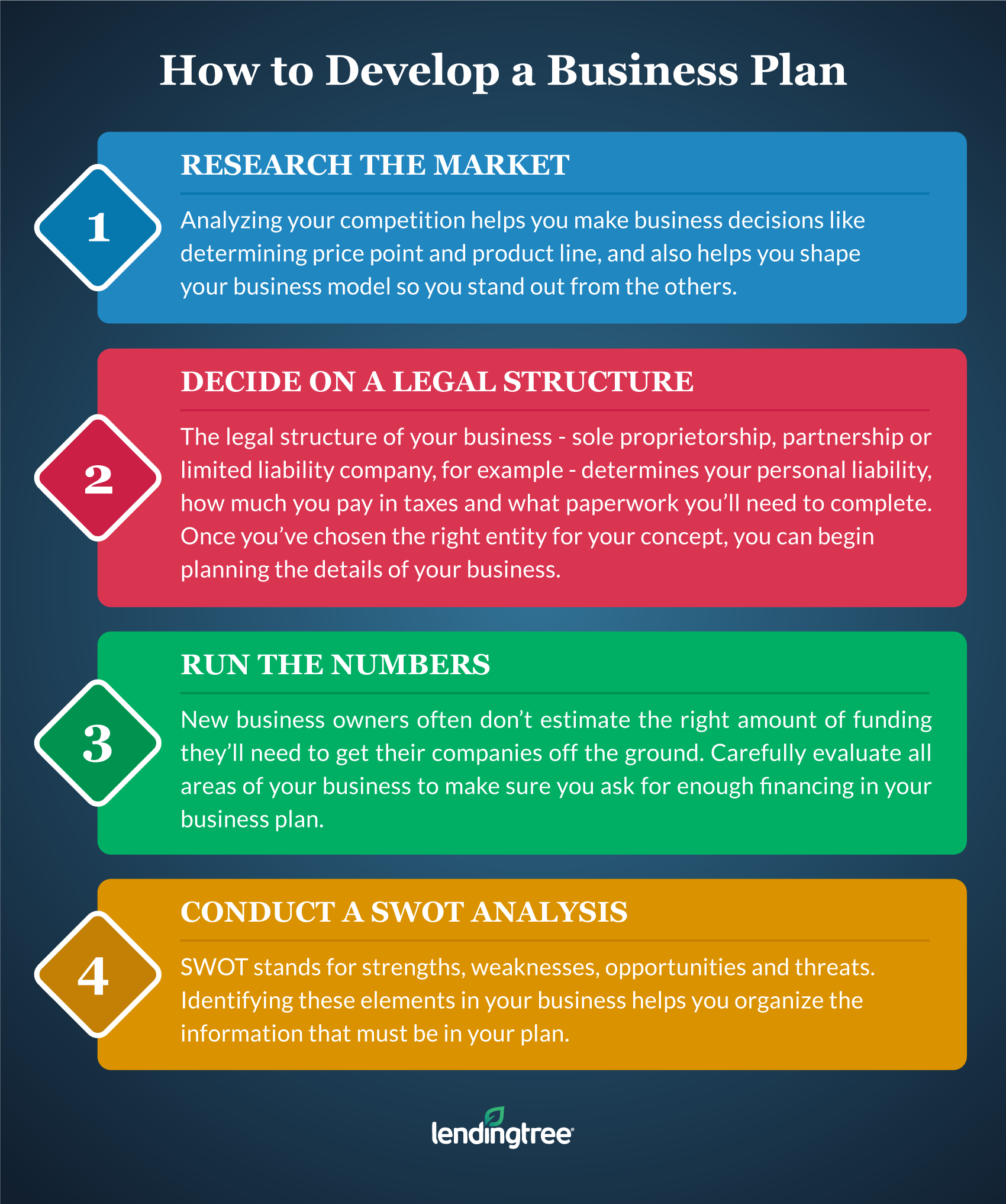
Onboarding New Employees: Setting Them Up for Success (The Ultimate Guide)
Bringing a new employee into your company is an exciting time, but it’s also a critical one. You’ve spent time and resources finding the perfect candidate, and now the real work begins: making sure they feel welcome, supported, and ready to contribute. This isn’t just about paperwork; it’s about onboarding new employees in a way that sets them up for long-term success.
Think of it like this: You wouldn’t throw someone into the deep end of a pool without teaching them to swim, would you? Similarly, you shouldn’t expect a new hire to thrive without a clear path, proper tools, and a supportive environment. That’s where excellent employee onboarding comes in.
What Exactly is Employee Onboarding?
At its core, employee onboarding is the process of integrating a new employee into your organization. It goes far beyond the first day of orientation. It’s a comprehensive, strategic process designed to help new hires:
- Understand their role and responsibilities.
- Learn about the company culture, values, and mission.
- Acquire the knowledge, skills, and behaviors necessary to become effective team members.
- Feel connected, valued, and a true part of the team.
A well-structured new hire onboarding program can last anywhere from a few weeks to several months, focusing on everything from administrative tasks to social integration and continuous learning.
Why Does Onboarding Matter So Much? The Benefits of Setting New Employees Up for Success
You might think, "We’re busy, can’t they just jump in?" But neglecting effective onboarding is a costly mistake. Investing in a robust program offers tremendous benefits:
- Boosts Employee Retention: When new hires feel supported and engaged from day one, they are far more likely to stay. High turnover is expensive, so keeping your talent is key.
- Increases Productivity Faster: A structured onboarding process helps new employees reach their full potential quicker. They understand expectations, have the tools they need, and know who to ask for help, leading to faster contributions.
- Enhances Employee Engagement: Feeling connected and knowing their role matters fosters a sense of belonging. Engaged employees are more motivated, innovative, and committed.
- Strengthens Company Culture: Onboarding is your chance to showcase your company’s values and norms. It helps new hires understand "how things are done around here" and become cultural fits.
- Improves Employer Brand: Word spreads! Employees who have a great onboarding experience are more likely to recommend your company as a great place to work, attracting future talent.
- Reduces Stress for Everyone: Clear processes mean less confusion for the new hire and less burden on managers and HR trying to answer the same questions repeatedly.
In short, onboarding new employees isn’t just an HR task; it’s a strategic investment in your company’s future.
The Phases of Successful Employee Onboarding
A truly effective onboarding journey isn’t a single event; it’s a continuous process that can be broken down into several key phases:
Phase 1: Pre-boarding (Before Day One)
This crucial stage often gets overlooked, but it sets the tone for the entire experience. Pre-boarding starts as soon as the job offer is accepted and ends the moment they walk through the door.
Key Actions:
- Send a Warm Welcome Packet: This could include a welcome letter from the CEO, company swag (t-shirt, mug), a detailed schedule for their first week, and a list of team members they’ll meet.
- Complete Paperwork Digitally: Use online systems to handle all necessary forms (tax, benefits, etc.) before their first day. This frees up their first day for more meaningful activities.
- Prepare Their Workspace & Tech: Ensure their desk is ready, computer is set up, software is installed, and login credentials are created. Nothing says "we’re ready for you" like a fully functional workstation.
- Communicate with the Team: Inform the team about the new hire’s start date, role, and a fun fact or two about them. Encourage them to reach out and welcome the new person.
- Assign a "Buddy" (Optional but Recommended): Pair the new hire with an existing employee who can answer informal questions, show them around, and help them integrate socially.
Phase 2: The First Day (Making a Great First Impression)
The first day is all about making the new employee feel genuinely welcomed and comfortable. It’s about experience, not just information.
Key Actions:
- Warm Welcome: Have their manager or a team member meet them at the door. Avoid making them wander around looking lost.
- Ready Workspace: Reiterate that their desk, computer, and access are all set.
- Team Introductions: Introduce them to their immediate team and other key colleagues. Take them on a quick office tour.
- Lunch Invitation: Ensure someone (manager, buddy, or team) takes them to lunch. This is a great informal bonding opportunity.
- Initial HR Orientation (Brief): Cover critical information like office hours, key contacts, and emergency procedures. Avoid an overwhelming information dump.
- Set Initial Expectations: Briefly discuss what they’ll be doing in their first week and answer any immediate questions.
Phase 3: The First Week (Building Foundations)
The first week is about getting acquainted with the daily rhythm, key systems, and the company’s immediate priorities.
Key Actions:
- Structured Training: Provide access to necessary training materials, online courses, or scheduled sessions for company-specific software and procedures.
- Meet Key Stakeholders: Schedule introductory meetings with people they’ll be collaborating with regularly.
- Understand Immediate Goals: Work with the manager to set clear, achievable goals for the first week. This gives them a sense of purpose.
- Culture Immersion: Share stories about the company’s history, successes, and values. Encourage participation in team social events.
- Manager Check-ins: Daily or every-other-day check-ins with their manager to answer questions, provide feedback, and offer support.
Phase 4: The First 30-90 Days (Sustained Support & Integration)
This phase is about deeper integration, performance alignment, and continuous learning. It’s where the new hire really starts to hit their stride.
Key Actions:
- Set Clear 30/60/90-Day Goals: Work with the new hire to define specific, measurable goals for their first few months. This provides a roadmap for success.
- Regular Feedback & Coaching: Managers should provide ongoing constructive feedback and coaching. This helps the new hire understand what they’re doing well and where they can improve.
- Formal Performance Check-ins: Conduct a formal 30-day and 90-day review to discuss progress, challenges, and future development.
- Encourage Social Integration: Facilitate opportunities for them to connect with colleagues outside of work tasks (e.g., team lunches, company events, interest groups).
- Access to Resources: Ensure they know where to find company policies, knowledge bases, and internal support systems.
- Learning & Development Opportunities: Discuss future training needs and career growth paths.
Phase 5: Beyond 90 Days (Ongoing Development & Connection)
Onboarding doesn’t truly end. It transitions into ongoing employee development and engagement.
Key Actions:
- Continuous Learning: Support their professional development through courses, workshops, or mentorship.
- Performance Management: Integrate them into your regular performance review cycles.
- Career Pathing: Discuss long-term career aspirations and how they can grow within the company.
- Employee Engagement Initiatives: Continue to involve them in company-wide initiatives, surveys, and social events.
Key Elements of a Successful Onboarding Program
While the phases provide a timeline, certain elements are crucial to include throughout your employee onboarding process:
- A Structured Plan: Don’t wing it! Have a clear, documented plan with checklists for HR, managers, and the new hire.
- Dedicated Point Person: Whether it’s the manager or an HR representative, someone should be clearly responsible for guiding the new hire.
- Buddy/Mentor System: A peer who can offer informal guidance and support is invaluable for navigating the "unwritten rules" of the workplace.
- Clear Expectations & Goals: New hires need to know what’s expected of them, how their performance will be measured, and how their role contributes to the company’s success.
- Cultural Integration: Actively teach and model your company’s values, mission, and unique culture.
- Regular Check-ins & Feedback: Consistent communication is key. Both formal and informal feedback loops help new hires adjust and improve.
- Technology & Tools: Ensure they have access to all necessary software, hardware, and communication platforms from day one. Provide training if needed.
- Personalization: While a structure is important, try to tailor parts of the experience to the individual’s role and learning style.
- Measurement & Iteration: Gather feedback from new hires about their onboarding experience. What worked? What could be better? Use this information to continuously improve your program.
Common Onboarding Mistakes to Avoid
Even with the best intentions, companies can fall into common traps. Be mindful of these pitfalls:
- The "Paperwork Dump": Overloading new hires with forms and policies on their first day.
- Lack of Structure: Leaving new hires to fend for themselves, leading to confusion and frustration.
- Information Overload: Bombarding them with too much information at once, without context or clear priorities.
- Neglecting Culture: Focusing only on tasks and neglecting to introduce them to the company’s social fabric and values.
- No Follow-up: Treating onboarding as a one-time event that ends after the first week.
- Treating it as "HR’s Job Only": Onboarding is a shared responsibility involving HR, managers, and the entire team.
- Ignoring Feedback: Not asking new hires about their experience or failing to act on their suggestions.
Conclusion: Invest in Onboarding, Invest in Your Future
Onboarding new employees is more than just a formality; it’s a strategic imperative for any organization looking to thrive. By creating a welcoming, structured, and supportive new hire experience, you’re not just getting new people up to speed faster; you’re building a foundation for:
- Higher employee retention
- Increased productivity
- A stronger, more vibrant company culture
- A positive employer brand
- Happier, more engaged employees
So, take the time to design and implement a thoughtful onboarding program. Your new employees, your current team, and your bottom line will thank you for it. Setting new employees up for success from day one is simply smart business.




Post Comment